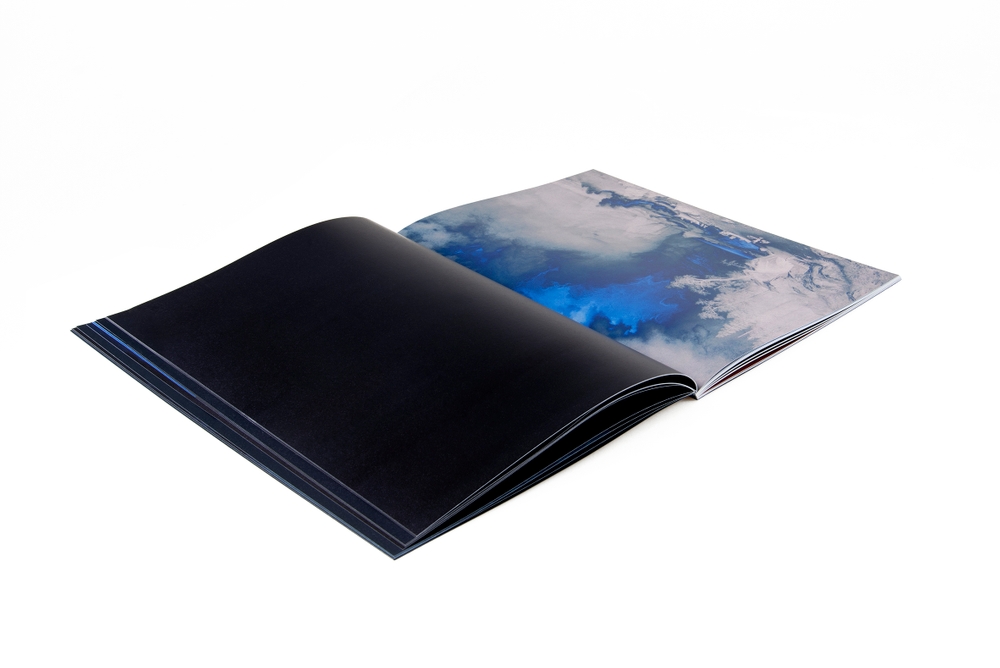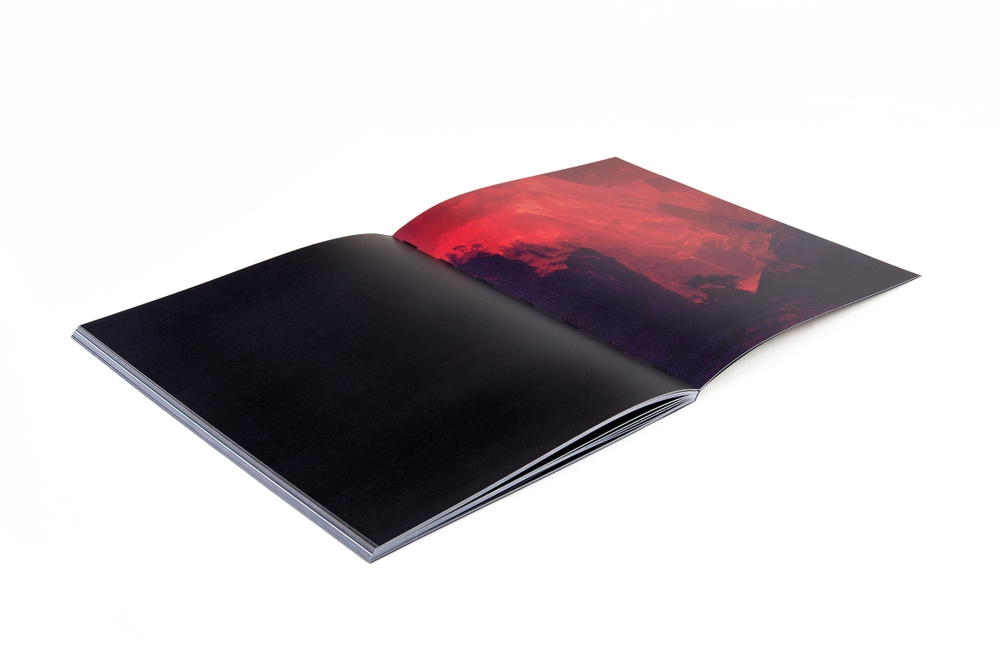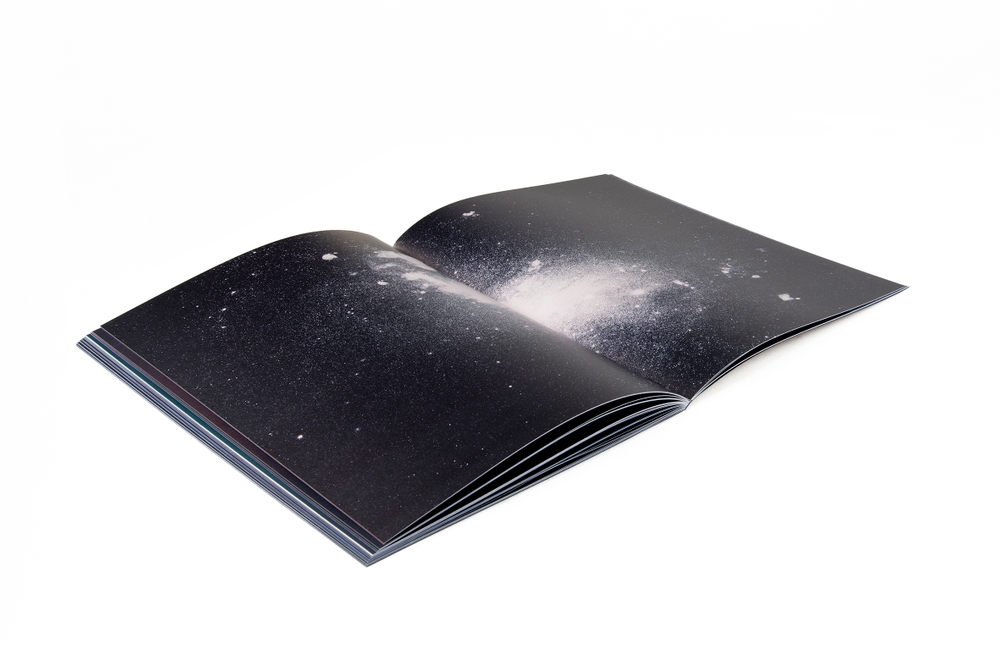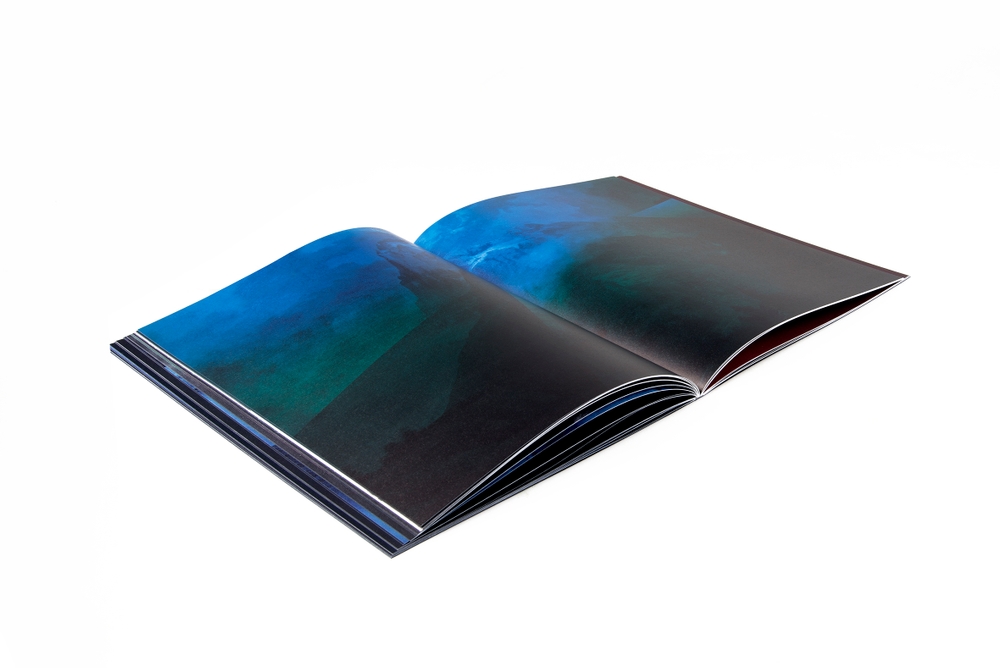To name a mountain

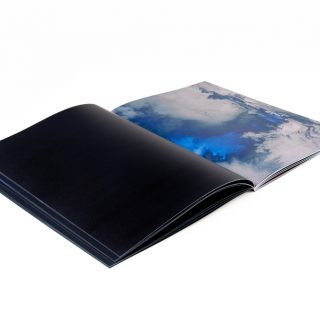
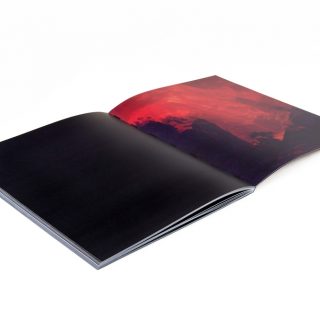
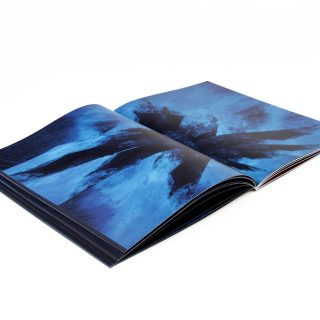
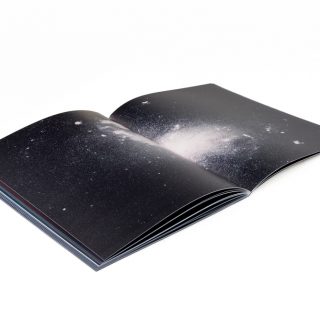

“In the spring of 1863, the landscape-painter Albert Bierstadt began his second tour across the Rocky Mountains with his friend, the American writer Fitz
The story says that during their expedition, the painter was taken aback by the view of an enormous mountain. Immediately, he made a sketch where a dark grey storm crosses an imaginary horizon of gigantic peaks blown out of proportion. Bierstadt titled his painting A storm in the Rocky Mountains, Mount Rosalie, in honor of his traveling companions wife. The work was interpreted as a representation of his emotional anguish and the mountain, unnamed until that date, was named Mount Rosalie, in honor of the woman that Bierstadt secretly loved.
Most critics thought Mount Rosalie was impossibly high. The painting and Bierstadts work seem to talk about desire, but always through the excess and transgression of a reality that only seemed suggestive for the artist when magnified by his imagination. His idea of beauty oscillated between the sublime exaltation of his emotions and the calculated effectiveness of the forms. In light of these contradictory notions, is it not both an audacity and a frustration to try to reach a summit? Nevertheless, the purpose of naming a mountain is an act charged with poetry. It tells us about the desire of possession and permanency. It reminds us, through creation, of the memory of those we have loved.”
In stock

